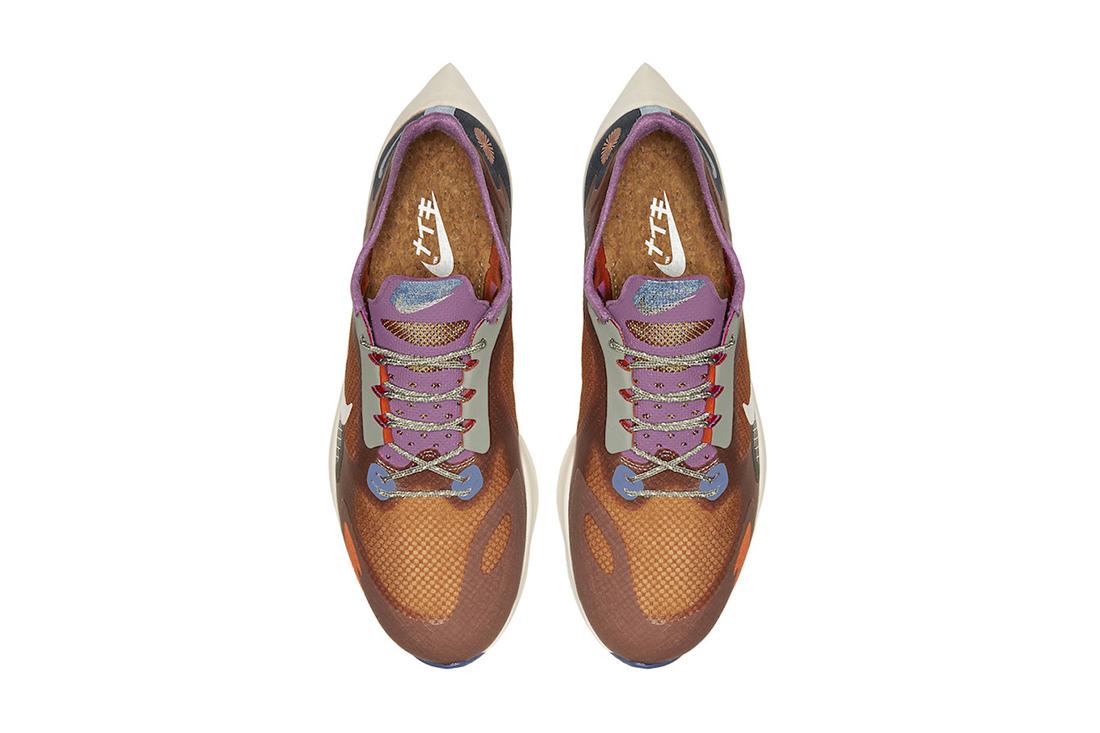Material Matters: Cork
Cork has been used in kicks as far back as just about anyone can remember. Yet, for whatever reason, it has only recently become a go-to for giants like , , and .
For our latest installment of , we’re going in-depth with cork and taking a look at its origins, benefits and applications – as well as exploring why it’s perfect for modern sneakers.
